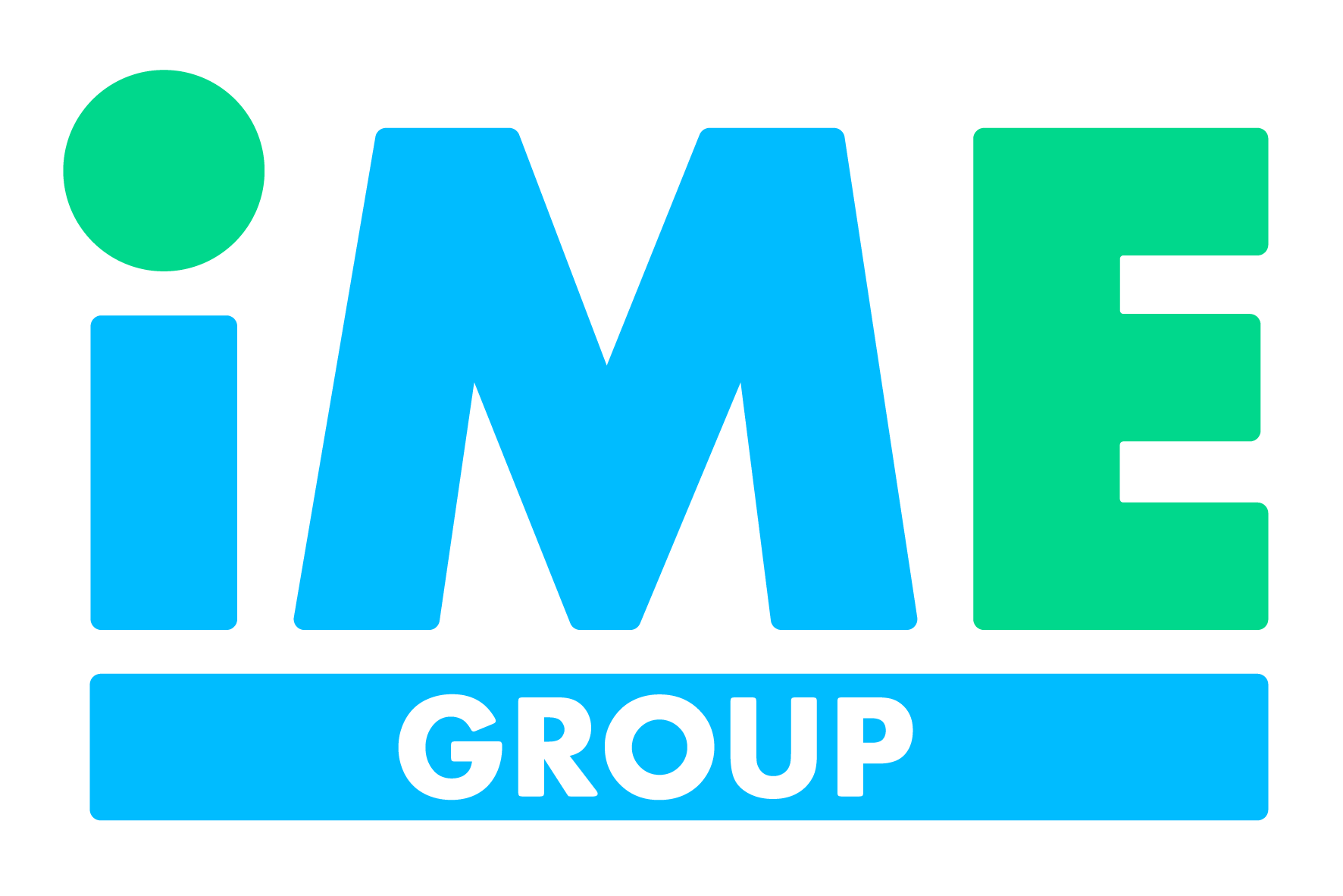Manufacturing a Bespoke Waste Grab Trolley - Grab logistics solved!
In industries where waste management and material handling play a critical role, the right equipment can make all the difference. One of the most innovative solutions to emerge in recent years is the bespoke waste grab trolley. Designed to streamline the process of transporting and managing waste, these custom-built trolleys offer significant advantages over traditional solutions. In this blog, we explore the manufacturing process behind a bespoke waste grab trolley and how it solves logistical challenges for businesses in the UK.
Why Choose a Bespoke Waste Grab Trolley?
When it comes to waste management, one size rarely fits all. Different industries have unique requirements depending on the type of waste they handle, the space available, and the frequency of disposal. A bespoke waste grab trolley addresses these challenges by offering a tailor-made solution that enhances efficiency, reduces manual handling risks, and improves overall workplace hygiene.
Here are some key benefits of a bespoke waste grab trolley:
-
Increased Efficiency: Custom trolleys are designed to suit your specific needs, making waste collection faster and more streamlined.
-
Safety First: Reducing manual handling risks with ergonomic designs that make it easier to move heavy loads.
-
Cost-Effective: A purpose-built trolley can save money in the long run by improving workflow and reducing the need for repairs or replacements.
The Manufacturing Process: From Concept to Completion
Creating a bespoke waste grab trolley involves several critical steps to ensure the final product meets the exact requirements of the client. Below, we outline the key stages of the manufacturing process.
1. Initial Consultation and Design
The process begins with an in-depth consultation to understand the client’s unique requirements. Key considerations include:
-
Type of waste: What kind of materials will the trolley handle? Is it general waste, hazardous materials, or recyclable items?
-
Capacity requirements: How much waste needs to be transported at a time?
-
Space constraints: What are the dimensions of the area where the trolley will be used?
Based on this information, a detailed design is created using CAD (Computer-Aided Design) software to visualise the trolley and ensure it meets all specifications.
2. Material Selection
Choosing the right materials is crucial for ensuring the durability and longevity of the trolley. Common materials used include:
-
Stainless Steel: Ideal for industries requiring a high level of hygiene, such as food processing and healthcare.
-
Aluminium: Lightweight and corrosion-resistant, perfect for environments where mobility is key.
-
Heavy-Duty Plastic: Cost-effective and suitable for general waste handling.
The selected material will depend on the type of waste being handled and the operating environment.
3. Fabrication and Assembly
Once the design is approved and materials are chosen, the fabrication process begins. This involves cutting, bending, and welding the materials to create the frame and components of the trolley.
Key features that are typically included in bespoke waste grab trolleys are:
-
Ergonomic Handles: For ease of use and reduced strain on workers.
-
Heavy-Duty Wheels: To ensure smooth mobility across different surfaces.
-
Grab Mechanism: A customised grab system to securely hold waste containers in place.
During the assembly phase, each component is meticulously put together, ensuring the trolley is robust and fit for purpose.
4. Quality Control and Testing
Before the trolley is delivered to the client, it undergoes rigorous quality control checks. This ensures that:
-
The trolley meets all safety and durability standards.
-
The grab mechanism functions smoothly.
-
The trolley is easy to manoeuvre and handle.
Testing may include load-bearing tests to ensure the trolley can handle the specified weight without compromising stability or performance.
Solving Grab Logistics Challenges
For many businesses, waste collection and transportation can be a logistical nightmare. Traditional methods often involve multiple trips, heavy lifting, and inefficient workflows. A bespoke waste grab trolley addresses these pain points by providing a tailored solution that simplifies waste management.
Some common grab logistics challenges solved by bespoke trolleys include:
-
Time Efficiency: Reducing the number of trips needed to transport waste.
-
Labour Costs: Minimising the amount of manual handling required.
-
Safety Risks: Reducing the risk of injury from lifting heavy loads.
Applications Across Industries
Bespoke waste grab trolleys are versatile and can be used in a wide range of industries, including:
-
Manufacturing: For handling scrap materials and production waste.
-
Healthcare: For safe disposal of medical waste.
-
Hospitality: For collecting and transporting large volumes of waste efficiently.
-
Construction: For managing debris and recyclable materials on-site.
Conclusion
Manufacturing a bespoke waste grab trolley is an investment that pays off in terms of efficiency, safety, and cost savings. By addressing the unique needs of your business, these custom-built solutions streamline waste management processes and solve logistical challenges that traditional methods simply cannot.
If you’re looking for a bespoke waste grab trolley to improve your operations, contact us today on 02085996570 or email sales@imegroup.co.uk to discuss your requirements and get started on designing the perfect solution for your business.

